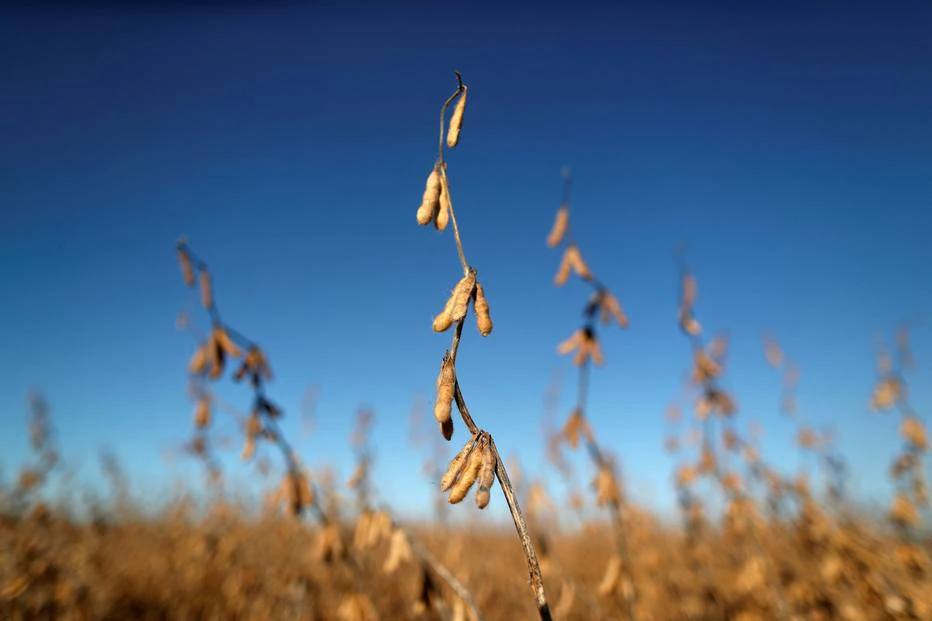Know Photosynthesis It was one of the pleasures I had when I was teaching biochemistry. In this process, plants are used Solar energy To combine carbon dioxide taken from the atmosphere with water. The result is a precursor to polysaccharides. In addition, photosynthesis releases oxygen into the atmosphere. This set of chemical reactions is responsible for the production of all living matter on the planet. Photosynthesis makes plants grow. Animals eat plants and we eat plants and animals.
Therefore, all the carbon in our bodies came from carbon dioxide molecules that were combined with water molecules in the leaves of some plants, sometime in the past. And when an organism dies, or burns, all that carbon returns to the atmosphere in the form of carbon dioxide. The cycle begins again.
The Agriculture It is a technology developed by humans to improve food production from photosynthesis. Plants have been improved over thousands of years to perform this process. today in Brazilian CerradoIt takes 100 days for soybean seeds to sprout, grow and produce up to 100 kernels that are ready to be harvested. In 100 days a pill turns into 100 pills: it’s impressive. This is despite photosynthesis converting at most 6% of the energy in sunlight into sugars. No wonder scientists dreamed of the day when they could improve the efficiency of this process.
In 2017, I reported here an experiment that was able to increase the efficiency of photosynthesis (Plants take off their cups quickly 1/7/2017). Tobacco plants built at that time produced 20% more leaf mass than unmodified plants. I finished the article imagining that sooner or later these same genetic modifications would be introduced into plants of commercial value, such as soybeans, corn or sugarcane.
Five years later, scientists published their results soy It was modified in exactly the same way. The result was surprising. Modified plants produce 33% more beans than the plants we use. The average yield of soybeans in Brazil today is 3,500 kg per hectare planted. Modified soybeans will produce 4,655 kg per hectare. These figures were obtained from several farms carried out over two years and are reliable. Soon we will grow these types of soybeans. It will be enough to replace the existing varieties with new ones to increase the Brazilian production by 33% using exactly the same number of hectares. This brutal increase in productivity has the potential to lower the cost of soybeans, but it is not the most important benefit.
As the world’s need for food increases, humans are using an increasing portion of the planet’s surface to harvest solar energy and turn it into food. These are vast areas covered with soybean, corn, and sugarcane leaves, each leaf capturing sunlight and carbon dioxide, receiving water from the roots, and using photosynthesis to produce oxygen and food. Every hectare we use to produce food is a hectare of former cerado or forest that has been converted into farmland. Therefore, in order to feed an increasing number of humans, and the animals that humans raise to eat, an increasing part of the planet is losing its biodiversity and turning to farms.
New technologies like this have the advantage of allowing food to be produced without the equivalent growth of areas for agriculture. With this, a greater part of the planet can be preserved with its indigenous flora and high biodiversity. And when population growth stops, around 2050, and is fueled, we will still have large swaths of the planet covered in natural forests, fields, and savannas. That’s why I always say that agricultural technology is the best friend of natural environments and biodiversity.

“Hardcore beer fanatic. Falls down a lot. Professional coffee fan. Music ninja.”






More Stories
The law allows children and adolescents to visit parents in the hospital.
Scientists pave the way for the emergence of a new element in the periodic table | World and Science
Can dengue cause hair loss? Expert explains how the disease affects hair